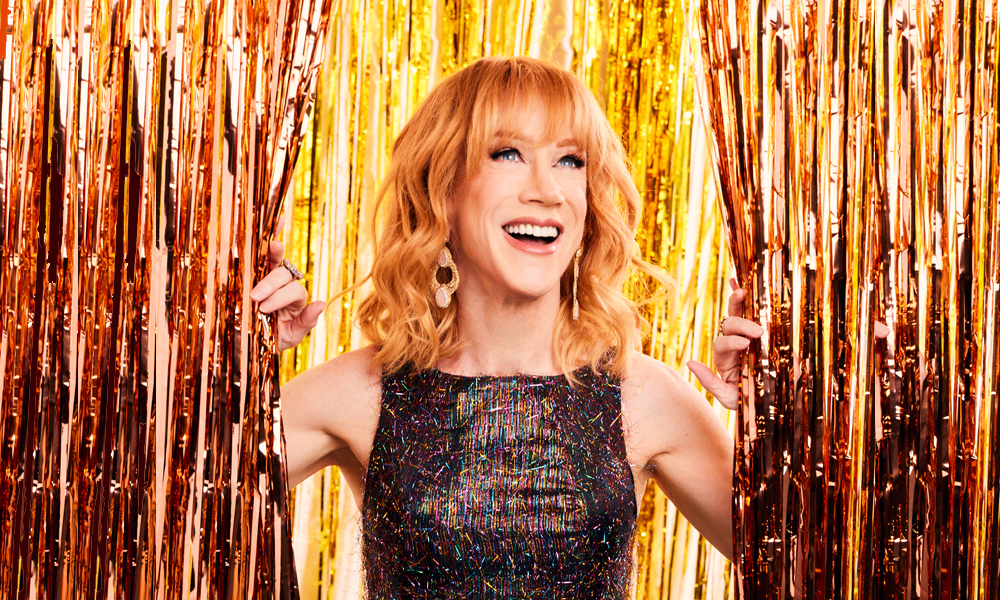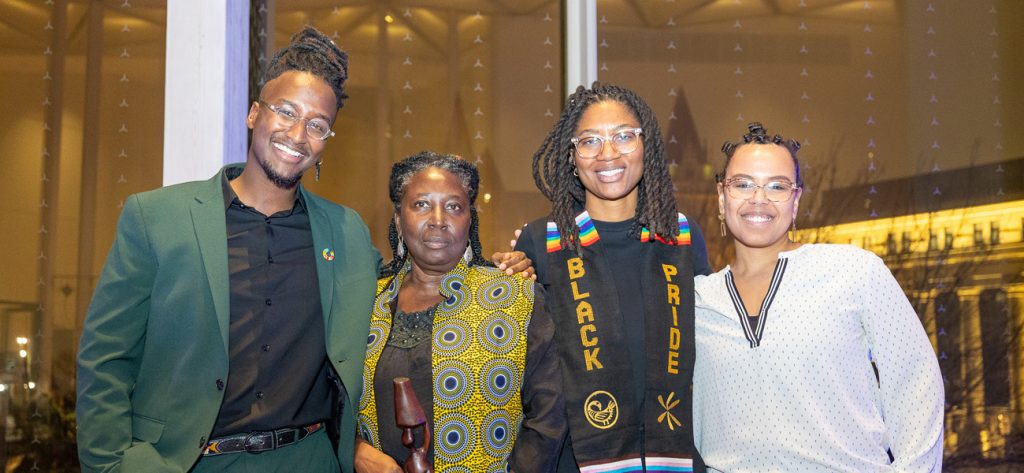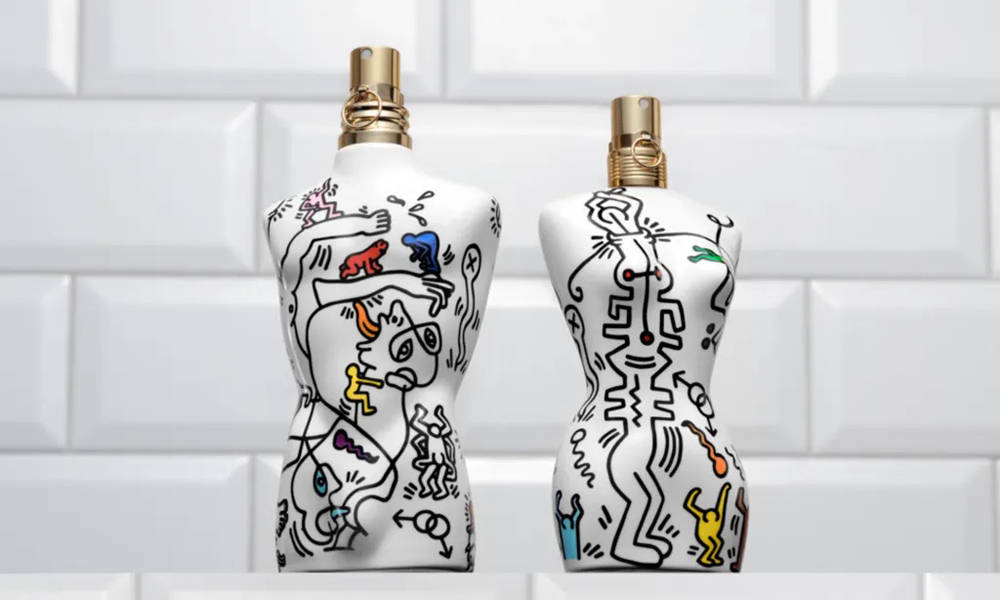The gem of the southern Caribbean yields the best of island life, with an exquisite icing of European chic to make things even more interesting…
By Doug Wallace
Jurandy picks us up in his Jeep, all smiles and shiny aviators, and we head to Floris Suite Hotel & Spa, where he works. We’ll be checking into Curaçao’s noted gay resort later in the week, but today we’re checking out its weekly Friday night party, where hotel guests rub shoulders with the local LGBTQ crowd who pop in for beers or bubbles before heading into the weekend. We say hi to a Yank or two, some fellow Ontarians, a few internationals. The vibe is relaxed, the DJ is cute and the chicken satays are excellent. It’s no wonder the adults-only Floris is the headquarters for the seventh annual Curaçao Pride this September.
A tropical escape at the southern end of the Caribbean, Curaçao and its capital city Willemstad form a complete vacation checklist: brilliant-blue waters, 35 white-sand beaches, a heritage comprising more than 55 different cultures (including Dutch, Spanish and Portuguese), beautiful European Colonial architecture (with more than 700 listed buildings) and, most important, a live-and-let-live perspective on the LGBTQ, near and far.
The benefits don’t stop there. This island of 160,000 is also outside the hurricane belt and blessed with trade winds that make it seem not quite so hot. Visitors find excellent and eclectic museums, some of the best scuba diving in the world, and an actual café society (due in part to the thousands of Dutch tourists who flock here year-round, including a large number of students). Despite becoming a largely independent constituent state of the Netherlands in 2010, Curaçao maintains a close relationship that is mutually beneficial and culturally satisfying. Most islanders speak three or four different languages.
Get a belly-full
When we split the party, Jurandy drives us to Kas di Piskado Snapp, a family-run fish place north of town, where he’s greeted warmly with chides of “Where have you been?” We sit down to a mixed tray of grilled fish – half of which I’ve never heard of – that we polish off in minutes. It is the first of many unique, inexpensive and delicious food experiences we have, from high streets to back roads.
The insider treatment takes us back into Willemstad after dinner to the hot spots of the Pietermaai district, where we suck back whisky sours at Caña Bar & Kitchen and get our first taste of the late show, making the transition from country kitchen to cocktail bar with ease. Nicknamed the Soho of Curaçao, Pietermaai was until recently a druggy mess of derelict mansions that are now home to the bulk of the island’s high-end restaurants, boutique beach clubs, a hot jazz club where patrons spill out into the street, a brasserie built into a former chapel, a hotel dedicated to scuba diving and more. Still more shabby than chic as old buildings wait their turn for renovation, the area is where we do some of our best eating: Ginger Restaurant dishes out delectable Carib-Asian Indian cuisine in a romantic backyard; Kome’s international Caribbean menu shouts out to the local farmers for their assistance with juicy beef brisket and cast-iron chicken; on the patio in back of BijBlauw Hotel, we indulge in perfect ceviche, succulent snapper and tuna, the waves crashing into the rocks a few feet away.
It is also in Pietermaai that a giant mural of Brigitte Bardot has me fishing for my phone. At Saint Tropez Ocean Club – a seaside lounge, French restaurant, apartments and pool – you can spend the day hiding in a South Beach-style cabana ordering blue margaritas until you’re blue in the face. Note to selfie.
Take time to be a tourist
When it’s time to be there, do that, buy the T-shirt, we ditch the car and wander Willemstad’s narrow laneways on foot, soaking up the Punda quarter of town, trying not to get lost. The brightly coloured Dutch-style colonial houses you see in all the postcards are charming and the old fort is still fortifying, everything very much worthy of its UNESCO designation. We follow a small crowd into the Mikvé Israel-Emanuel Synagogue, the oldest in the Western Hemisphere, its sand floor a tribute to ancestral history and the Sinai desert.
At the Floating Market, we watch locals fill their baskets with produce unloaded from boats alongside. They normally come from nearby Venezuela, but its upheaval is cause for much talk about a Plan B where the market is concerned; with very little agriculture, Curaçao imports most of its food. After a bowl of goat stew at the nearby circular Plasa Bieu Market – one of the best meals of the trip – we carry on into the eclectic neighbourhood of Scharloo, where the murals and street-art installations are like little surprises around practically every corner.
Later, we skirt the crowds at the pedestrian Queen Emma Bridge, better known as the Swingin’ Old Lady, which swings off to one side to let ships in and out of the harbour, foot traffic coming to a halt. Once she is back in place again, we trek over to the city’s Otrobanda quarter and wander through a few of the fancier shops, eavesdropping on the people coming off the cruise ships docked nearby. The must-do on this side of town is the Museum Kurá Hulanda, an anthropological museum that focuses on the predominant cultures of Curaçao. Set on the site of a former slave yard above the St. Anna Bay, it is the largest collection of African artifacts in the Caribbean, and includes a massive and very moving exhibit on the trans-Atlantic slave trade.

Pigs on a blanket
Getting out of town and away from the resorts needs to be part of your plan in Curaçao, with the northwest end of the island ripe for exploration. One early weekday morning, we eat breakfast in the car as we take the road to Christoffel National Park for a rejuvenating one-hour hike up Mount Christoffel, the highest point on Curaçao, elevation 372 metres. It’s not bust-a-gut hard, but close to it. The view, however, is well worth it, the entire island stretching out before us in the morning haze. It’s also a great feeling having what feels like a week’s worth of exercise all done before 9 am.
There’s more hiking to be had a few minutes away at Shete Boka National Park, where the crashing waves have sculpted the limestone coastline into all manner of crevices and crags. It’s nature putting on a show for sure, the landscape doing its best to imitate science fiction. Happily, crashing waves photograph beautifully.
This part of the island is also where a number of the best beaches are, with beach-hopping an actual thing, each little bay having its own personality: Playa PortoMari has resident red pigs Woody and Willy (not kidding) to romp with, while Playa Piscado is busy with half a dozen wild turtles who clamber for treats from the local fishermen and delight the families swimming along just a few feet away, the kids laughing into their snorkels. Lagun Beach is tiny and more peaceful, popular with divers and locals. Really, the whole island is a diver’s paradise with more than 60 sites, all teeming with life, including dazzling coral. At the popular Grote Knip, we spot muscle Marys but they turn out to be just muscles. We order an extra beer and stick around to make sure.
Inevitably, our stomachs start to grumble and we head to Jaanchies restaurant, a local institution, where hundreds of noisy bananaquits fill the front garden feasting on free syrup. Jaanchie himself recites the menu to each table, one at a time. He lets us try a small taste of the iguana stew, a house specialty. Yup, just like chicken.
Make a Pride plan
Winding down back at the Floris, we take a break from their private beach to hang at the secluded pool, talking with other loungers as we wait for happy hour. Jurandy is busy at the bar with an event supplier of some kind, making party plans for the hotel’s Gay Spring Break Festival. It’s a precursor to September’s Pride, when the resort lays it on thick, culminating in Saturday night’s white party poolside and a Sunday afternoon boat ride. At last year’s Pride, Curaçao Prime Minister Eugene Rhuggenaath made a major supportive speech, drawing the attention of all the other Caribbean nations, who hopefully took notes. We make a note in our calendar for September 25 to 29. Air Canada flies direct. Visit curacaopride.com and curacao.com.
—
DOUG WALLACE is the editor and publisher of travel resource TravelRight.Today.






POST A COMMENT